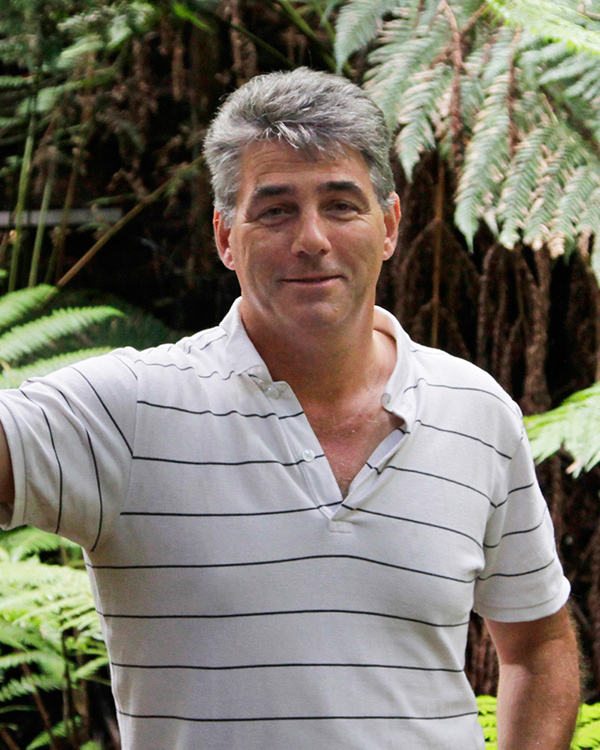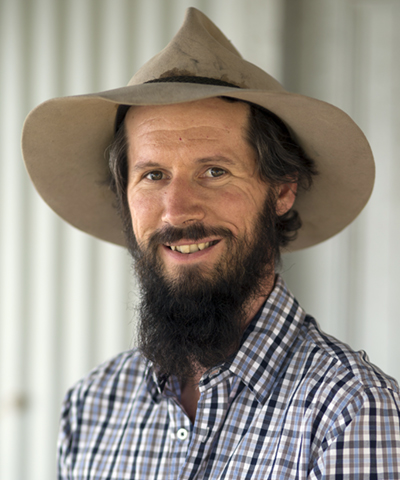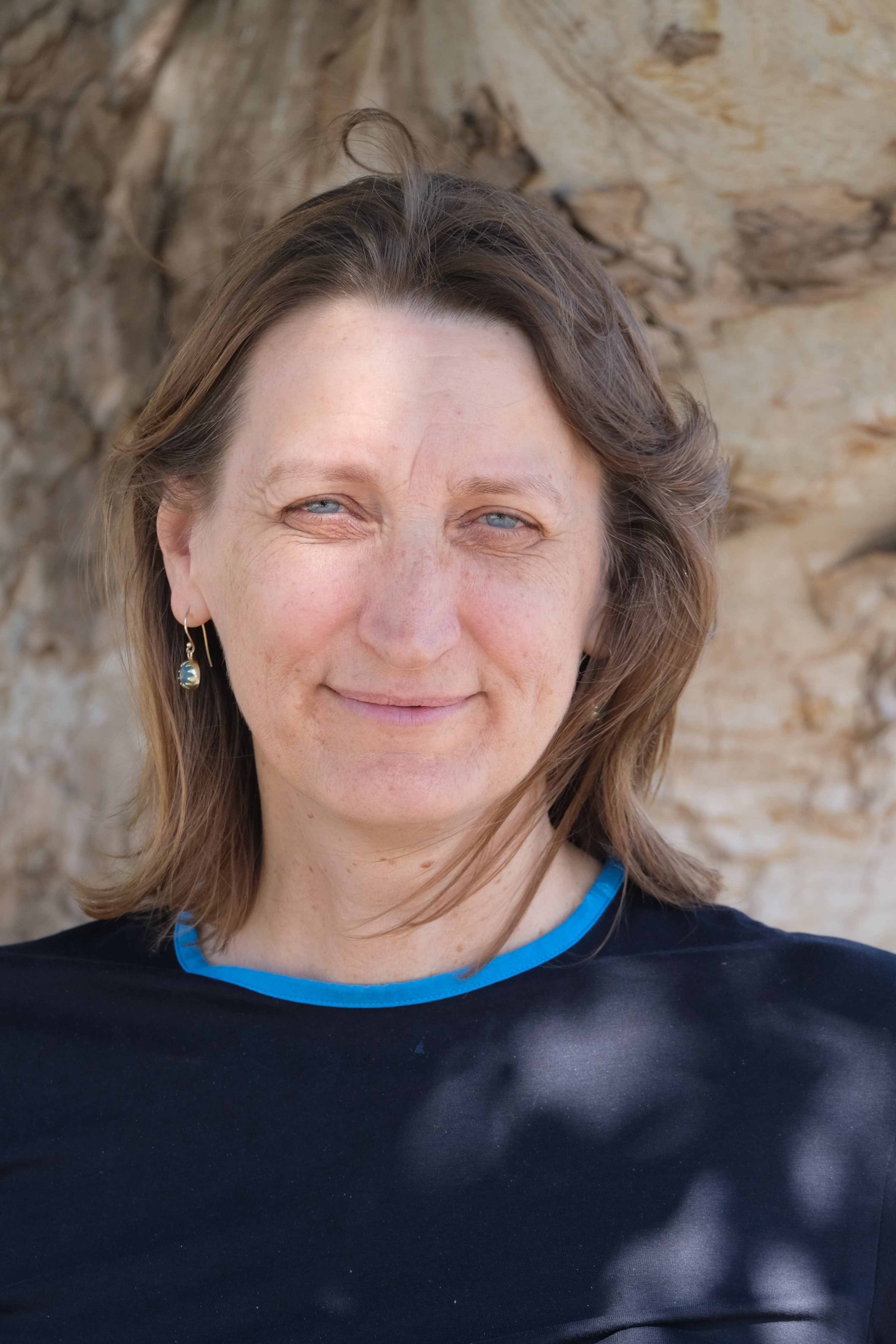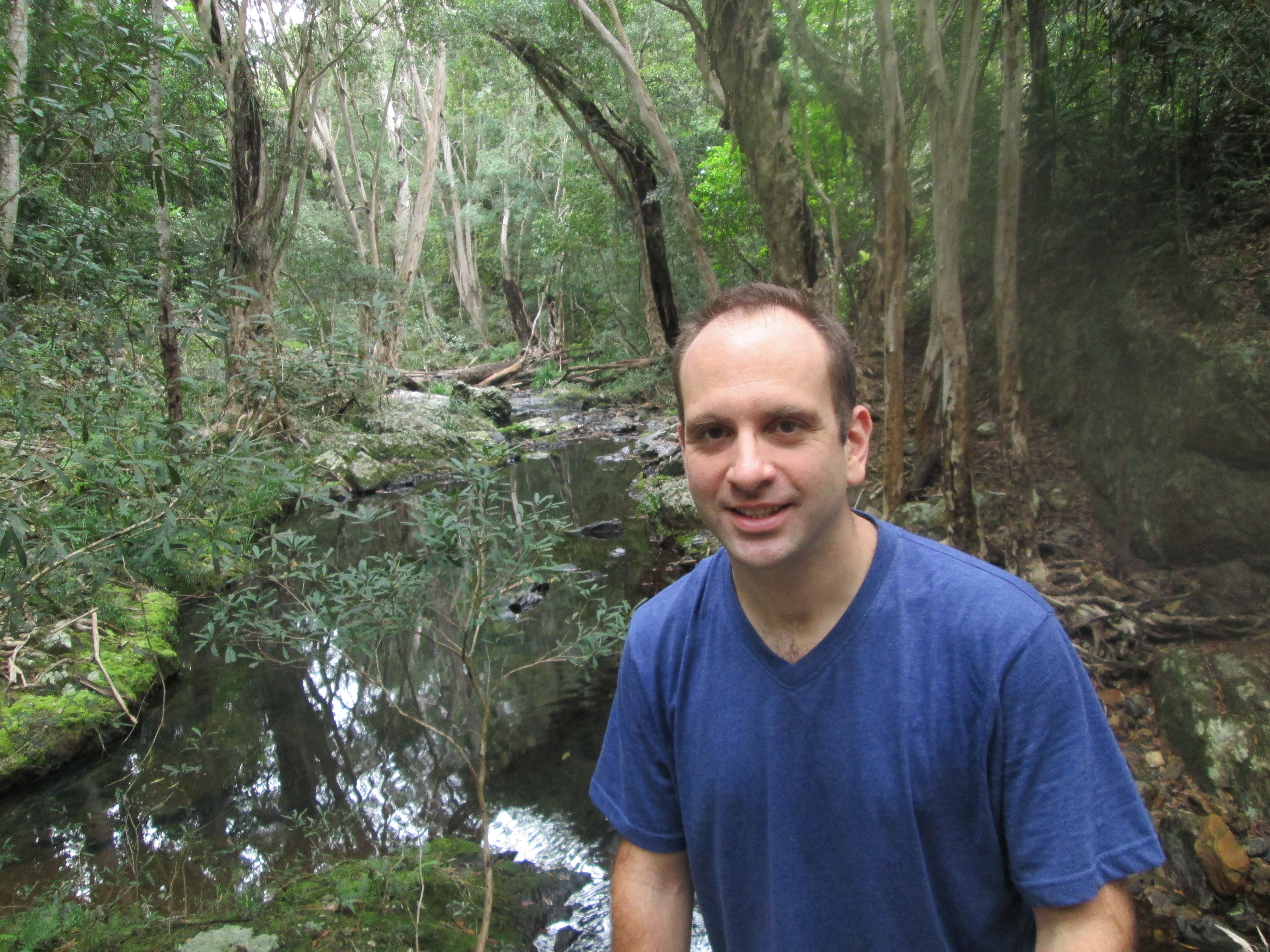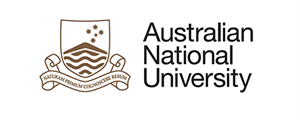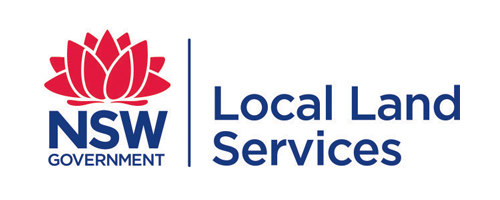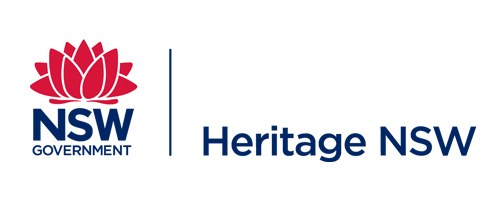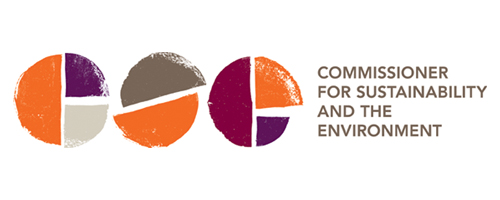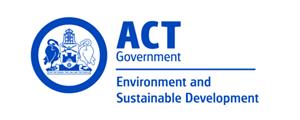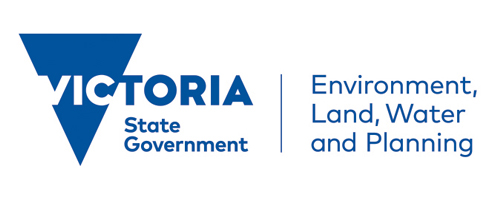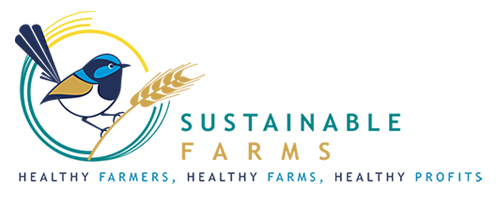
Project: 1.2.4
Ecosystem accounts in box gum grassy woodlands
Project Leaders: David Lindenmayer , Michael Vardon
Research in Brief
Box gum grassy woodlands are a critically endangered ecosystem. This project will develop ecosystem accounts for this threatened ecological community, to demonstrate the benefits of the ecosystem to the economy, productivity of the land and human well-being by attributing values for ecosystem services. Demonstrating the value of ecosystem assets and services derived from the ecological community will provide evidence valuable to informing policy, planning and management for the conservation of box gum grassy woodlands and related species.
Why is the research needed?
The box gum grassy woodland ecological community is critically endangered. More than 95% has been cleared for agriculture and development and what remains is highly degraded by grazing, or severely fragmented across the landscape. This ecological community supports more than 400 plant species, including three priority species listed in the Threatened Species Strategy: button wrinklewort, fairy bells and small purple pea.
The ecological community also provides habitat for a range of threatened animals, including the Regent Honeyeater, which is a priority bird species in the Threatened Species Strategy. A range of human activities continue to threaten this community and the species that rely on it, and saving these species will require a holistic approach to land management.
Much of the remaining woodlands are not within the National Reserve System but are actively used for productive activities like agriculture. Understanding the value of these industries and their reliance on ecosystem services, in addition to non-market benefits of the ecosystem (like the provision of habitat for endangered species), is essential for good management of these woodlands.
The Commonwealth Government recently published the National Strategy for Environmental Economic Accounting, which was endorsed by the Meeting of Environment Ministers in April 2018. Development of case studies are a priority to build a national framework that can underpin environmental decisions. 
Black-eyed Susan. Photo: Lorraine Oliver Flickr CC BY-SA 2.0
How will the research help?
This research will inform decision-making for the conservation and management of the box gum grassy woodlands threatened ecological community. In particular it will demonstrate the value of investing in biodiversity conservation on Australian farms, and the value of environmental programs that support conservation of woodlands on agricultural land.
The project will collate and analyse data in the form of a holistic framework of accounts which will include ecosystem assets and services for habitat provisioning, recreational and aesthetic values, water yield and quality, carbon storage and sequestration, regulation of nutrient cycling, control of erosion and salinity, and cultural significance for both Indigenous and non-Indigenous Australians.
The accounts will allow identification, quantification and comparisons of:
- the values of different human activities
- the impacts of activities on ecosystems
- track changes over time and identify drivers
- who benefits from using ecosystem services
- trade-offs among activities that conflict in their use of ecosystem services
- locations of greatest conflict over use of ecosystem services
- areas of priority for conservation
- allow assessment of management options for private and public landowners
- allow agencies responsible for biodiversity conservation and land management planning to assess possible policy interventions
Accounts can be used to track change over time in ecosystem extent and condition. This information is used to assess risk of extinction of threatened species and communities, identify locations of refuges and continuity of habitat, and assess interactions with surrounding land uses. The efficiencies of conservation activities and progress towards targets can be assessed, such as the condition and benefits of restoration projects.
In Australia, policy demands for implementation of ecosystem accounts are just beginning, specifically for State of the Environment reporting and national environmental accounting work identified by Ministers for Environment at their Council of Australia Governments Meeting in November 2016.
Accounting for ecosystems, as part of the environmental – economic system that involves interaction between biotic and abiotic components of the environment, is still at an early stage in Australia. This project will provide a valuable contribution to the development and application of ecosystem accounting nationally and internationally as well providing valuable research to underpin the management of box gum grassy woodlands. 
ANU Researcher with Burton’s legless Lizard.
What research activities are being undertaken?
The project will use the System of Environmental-Economic Accounting (SEEA), an international statistical standard developed by the United Nations, European Commission, International Monetary Fund, OECD and The World Bank. It is applied in more than 50 countries worldwide. The SEEA complements Australia’s System of National Accounts and aims to incorporate environmental information into mainstream policy decisions.
Developing ecosystem accounts is a multifaceted study that includes the following stages:
- Discussion with stakeholders in the region to identify needs and uses of the outputs, and existing sources of data
- Collation of existing environmental, spatial, social and economic data
- Development of a Geographical Information System to produce spatial models
- Modelling and analysis to identify relationships between environmental, social and economic data and change over time of ecosystem assets and condition
- Valuation of ecosystem services and industry added value for each industry
- Analysis, interpretation and presentation of the results in a form relevant to stakeholders
Who is involved?
The project is led by researchers from The Australian National University who are collaborating with the Australian Government Department of Environment and Energy, the Australian Bureau of Statistics, other government agencies, the Long-term Terrestrial Ecosystem Research Network (LTERN) and Riverina and Murray Local Land Services.
Where is the research happening?
The research is happening in box gum grassy woodlands within the following regions: Murray, Riverina, South West Slopes, Central Tablelands in NSW, Goulbourn Broken and North East in Victoria, and ACT.
When is the research happening?
This project will run from January 2018 to early 2021.
Further information
For more information please contact:
Michael Vardon – Michael.Vardon@anu.edu.au
Top image: Woodlands Huon Hills. Photo: Dave Blair
-

Restoring box gum grassy woodlands
Monday, 01 July 2019 -
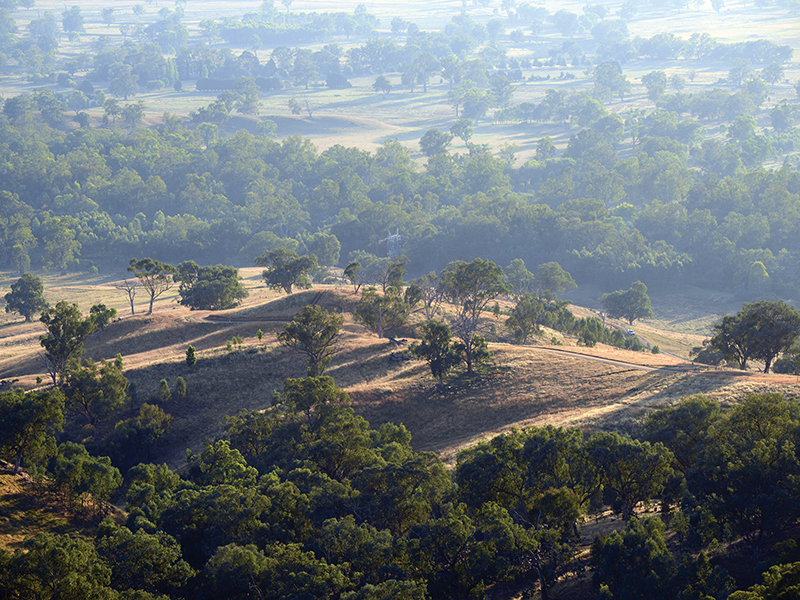
Ecosystem accounting in agricultural landscapes
Tuesday, 30 June 2020 -
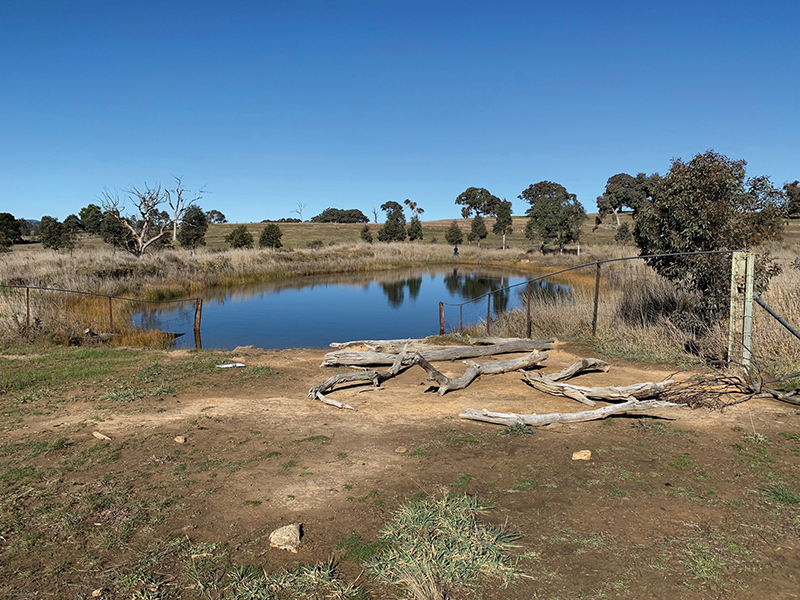
Sustainable Farms: bringing people together to support healthy farms, farmers and profits
Tuesday, 30 June 2020 -
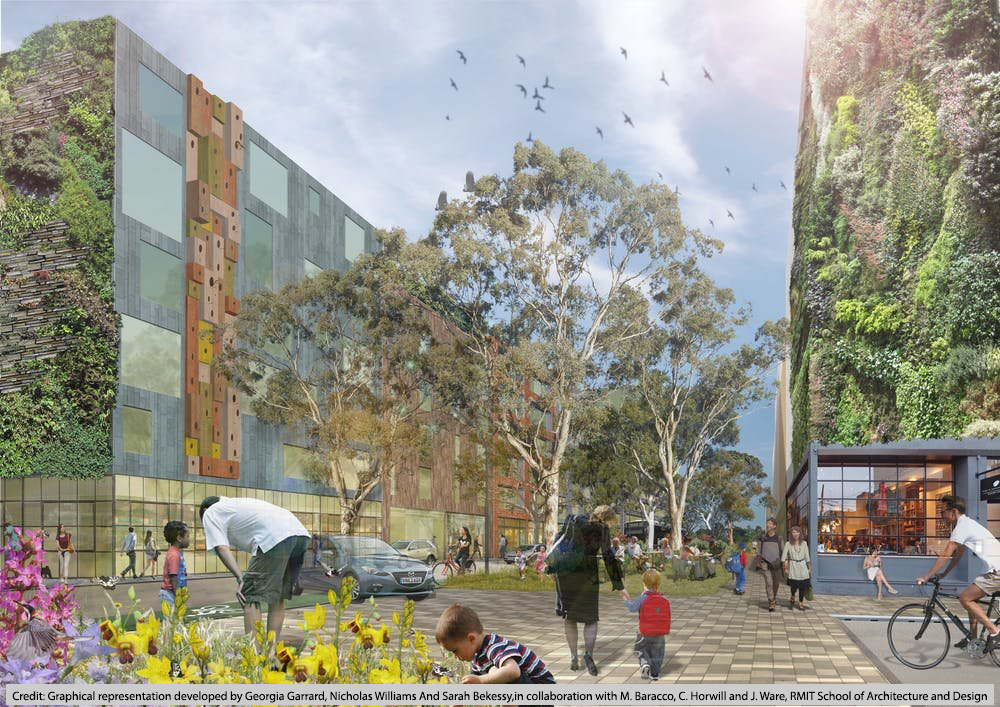
Business–Biodiversity webinar series: Putting biodiversity into business decisions
Wednesday, 28 October 2020
